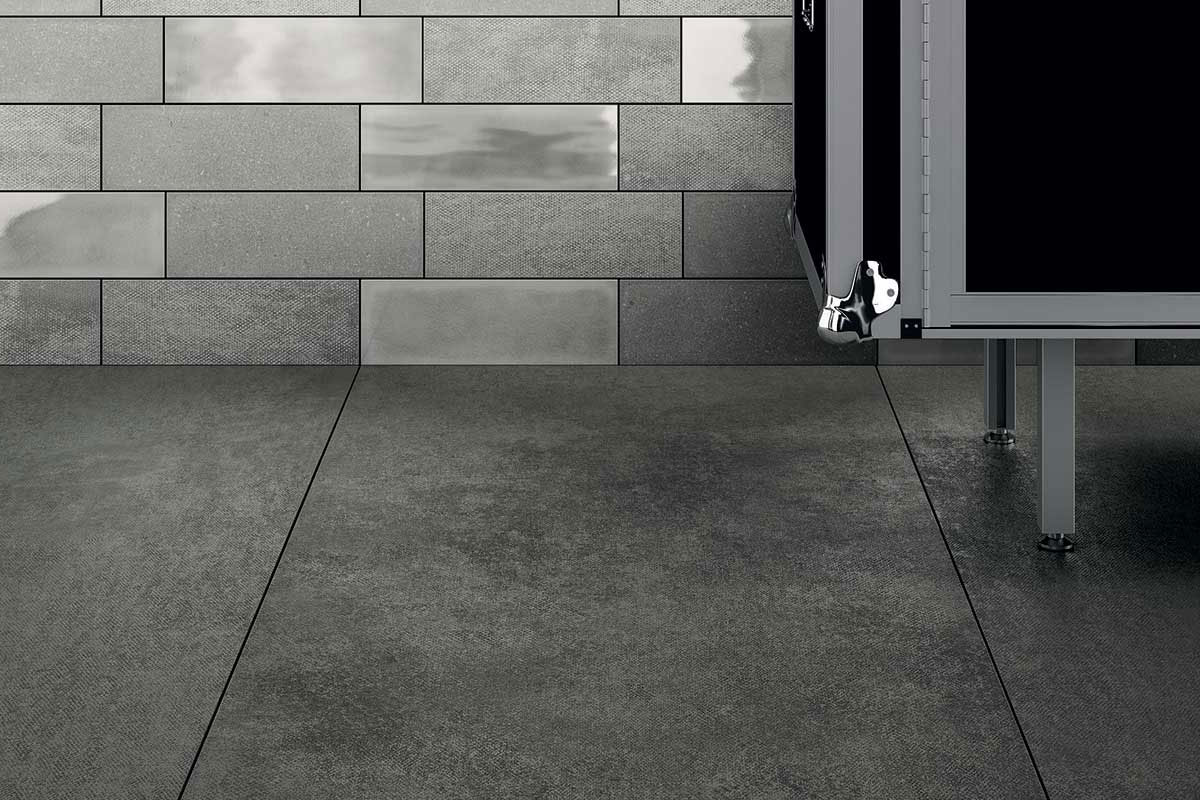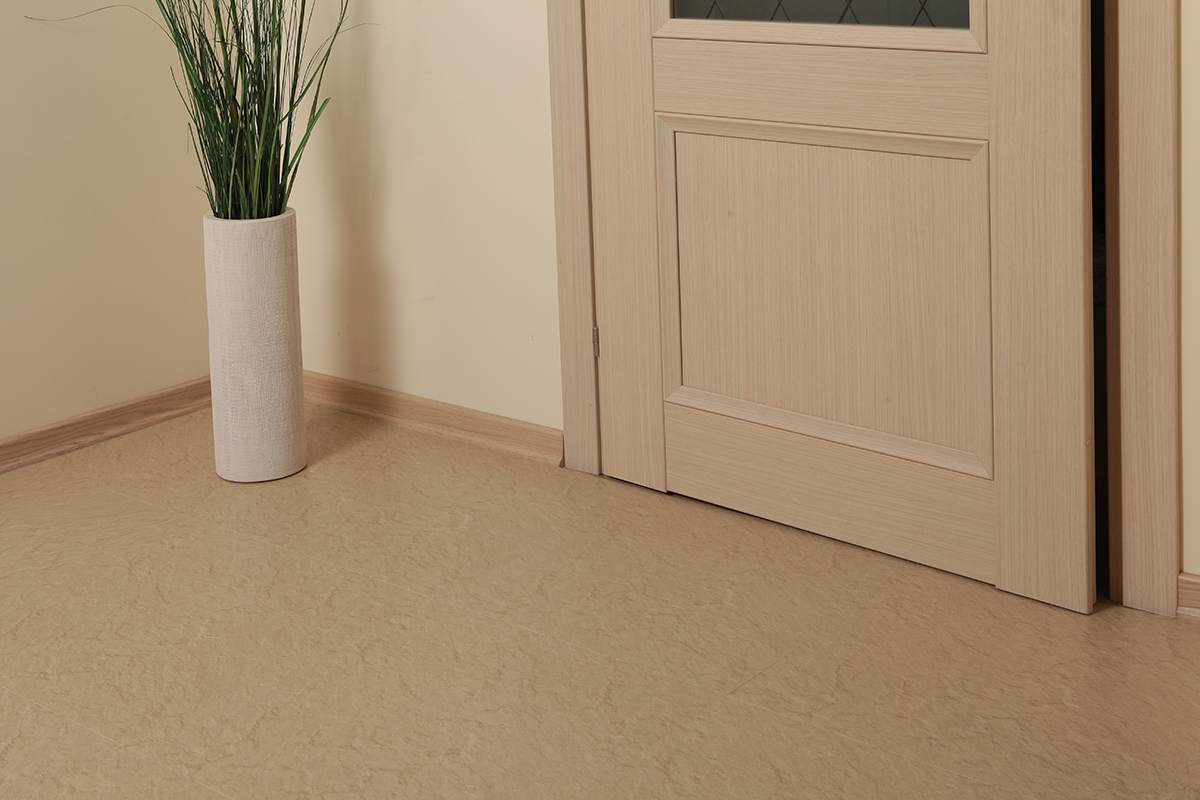Can you tell me the dimensions of an extra-large floor tile?
Large format modern floor tiles typically have a size that is greater than 600 millimeters by 600 millimeters.
Purchasing them needs a manual for better results. However, as advancements in manufacturing technology continue, tile sizes are increasing, and as a result, we now see tiles that are 800 x 800, 900×900, 1000×1000, 1200×600, and 1200×1200 becoming the go-to sizes.
Choosing the appropriate size tile for your project and being aware of how large you may go can feel like a significant challenge. Check out our purchasing guide for extra-large floor tiles that are provided below. It’s loaded with advice and knowledge that can be put to good use!
- Does tile size matter?
Said, the answer is that it does.
The size of the tile you select can have a significant bearing on the appearance of the finished product as a whole. When you tile using extra big format tiles, there will be fewer grout lines, which will contribute to the appearance of more minimum space.

The use of very large floor tiles might give the illusion that a room is larger than it actually is. This is due to the fact that the size of your area or room does not affect whether or not having smaller tiles with more grout lines would make a space look and feel more crowded.
The most recent and innovative floor tiles feature rectified or straight edges, which results in minimal grout lines; the grout lines can be as small as 3 mm. Floors can appear to be practically seamless if the grout lines are made to “disappear” by using the same color grout as the tile or by using the color that comes closest to matching the tile.
- Budget Considerations
Because larger tiles have a tendency to be more expensive, the price of a 1200 x 1200 mm tile from the same collection is likely to be higher than the price of a 600 x 600 mm tile from the same collection.
However, if you choose a “half-way” size option such as a 900 × 900 tile size, for instance, you can still get that enormous floor tile without paying the extremely steep price tag of a 1200 by 1200mm tile.

It is also important to consider the installation process. Because the design of some tiles, in addition to other factors like handling and installation, requires the assistance of two or more people, making an informed decision about which tile to purchase requires careful consideration of all of these factors.
We would always advise using the services of a skilled and experienced tile fitter; however, when working with extra large floor tiles, this piece of advice becomes much more important.
- What is the ideal size for an extra large floor tile?
Each of our collections includes a big format tile in a variety of sizes, including 800 × 800, 900 x 900, 1000 x 1000, and 1200 x 1200, with an additional 1200 x 600 option for those who like rectangular tiles. Even an enormous extra large tile measuring 1510 millimeters by 750 millimeters is available in several of our collections.
Even the wood planks we use are an impressively enormous format, measuring 1510 mm wide by 240 mm in length.
In the following tutorial, we will examine each tile size beginning with the 800 mm by 800 mm option.

800 × 800mm
A nice tile size that is large enough to evoke the sensation of working with a large format while at the same time being simple and straightforward enough to install. Because of its corrected tile edges and minimum grout lines, it creates a superb canvas for any area. It is somewhat larger than a conventional tile measuring 600 millimeters by 600 millimeters.
900 × 900mm
One of the more desirable possibilities for size. Our extra large floor tiles are 900 millimeters by 900 millimeters, and although they have a large and luxurious appearance, they won’t blow your budget.
1000 × 1000mm
The thickness of a tile decreases as its size grows; for example, our super large floor tiles measuring 1000 millimeters by 1000 millimeters have a thickness of 8 millimeters, while the tiles in our Beat collection have a thickness of 6 millimeters.
Because thinner porcelains are used, it is more vital than ever to ensure that substrates are appropriately prepared and that tiles are set into a bed of completely saturated adhesive.

1200 × 1200mm
If you are looking for something extremely unique, then this is the right size for you.
The fact that these are such large tiles necessitates a great deal of thinking from both lifting and an installation point of view. Pallets are also considered to be “oversize,” which means that there are occasionally some additional cost concerns for delivery; nonetheless, if you are able to stretch to it, this is a tile large that is difficult to beat. The word “luxury” practically jumps off the page when I see it.
1200 x 600mm
The majority of our sets provide a tile size that is 1200 millimeters by 600 millimeters. If you enjoy the larger format but don’t want to quite extend to the 1200 x 1200mm dimension, the 1200 x 600mm alternative is a wonderful choice for you to consider. When it comes to distribution, a 1200 x 600mm comes on a regular euro pallet and is, therefore, a little more cost-effective than its larger cousin.
When working with rectangular tiles, you will need to give some thought to both the pattern and the direction in which you run the tiles. It’s up to you whether you want to lay the tiles in a brick bond pattern or stack them on top of one another. If you decide to go with the second option, the overlap must not be more than 33 percent.

This is due to the fact that each and every porcelain tile, ranging from the least expensive to the most expensive, has very little curvature running along its length. If the staggering is significant enough, you may wind up with a condition known as lippage, in which the tiles are not laid flush with one another.
1510 x 240mm
The large format porcelain planks that we provide have a really lifelike appearance. The traditional method of installation for wide plank porcelain tiles is with joints that are staggered. This results in the most lifelike appearance and overall polish. It is essential that the connections between any tiles with a length of more than 600 millimeters not be staggered by more than 33 percent. The maximum amount of overlap that is recommended is as shown here.











Your comment submitted.